
The Narwhal picks up four Canadian Association of Journalists award nominations
From investigative reporting to stunning photography, we’ve been recognized with four 2024 CAJ Awards nods...
Wood Buffalo National Park in northern Alberta has many global claims to fame. The park protects nesting grounds for the world’s only self-sustaining population of endangered whooping cranes. It’s home to the world’s largest and most genetically diverse wood bison herd — the genesis for the park’s creation. Inside the park, at the confluence of the Peace and Athabasca rivers, lies the planet’s largest boreal inland delta, a kaleidoscope of green and blue that draws millions of chirping, honking and quacking migratory birds.
But more than anything, the park is essential for the Mikisew Cree’s cultural survival. In Cree, Ayapaskaw is the name for a place where “all the creeks and waterways join and wind together with grasses and green things to form a living delta.” Ayapaskaw is central to the identity of the Mikisew people, informing how they think and see the world, according to a 2016 document the Mikisew Cree prepared for the UNESCO World Heritage Centre that details the deep connections Indigenous people have to the park’s land and waters. It’s their home, grocery store, church, classroom, highway and photo album — the place where their happiest memories live. “The delta is what the animals love — muskrat, beaver, moose, bison, fish, birds and other living things — and in the delta, water is everything,” the Mikisew Cree told the centre three decades after the park was named a World Heritage Site for its unique wildlife and exceptional biodiversity.
“It’s not only our home,” says Melody Lepine, director of government and industry relations for the Mikisew Cree First Nation. “It’s our way of life.”
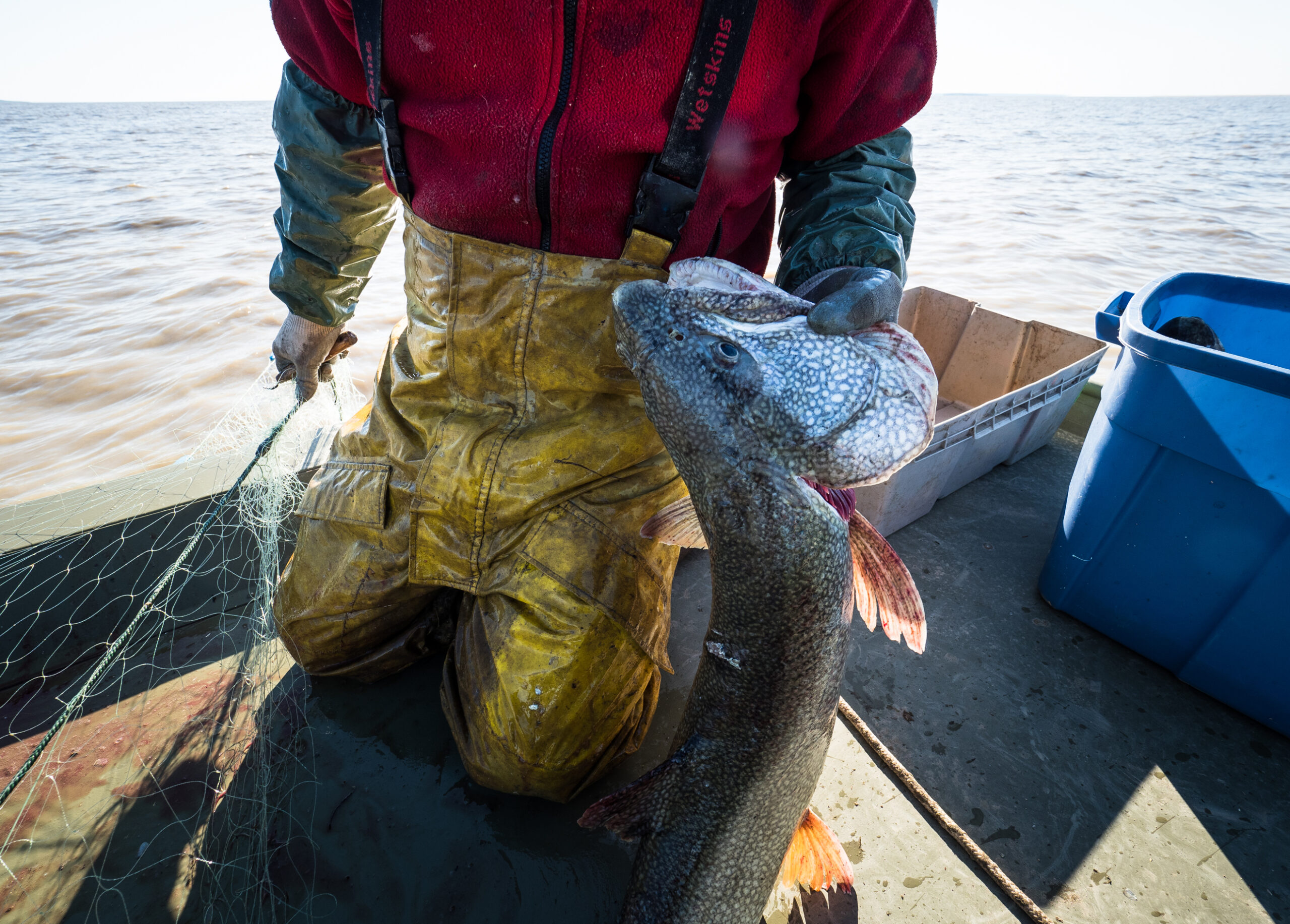
Lepine is in Riyadh, Saudi Arabia and appears for a Zoom interview seemingly unruffled despite a 22-hour journey and a nine-hour time change. She’s travelled half-way around the world from her home in northern Alberta, accompanied by a lawyer for the Mikisew Cree and a representative from the Fort Chipewyan Métis Nation, to attend her sixth World Heritage Committee meeting in nine years. At each meeting, her message is the same: the Wood Buffalo World Heritage Site is gravely threatened by industrial activities outside its borders, including oilsands expansion and tailings ponds in Alberta and large hydro dams in British Columbia that alter water flows to the delta, eroding biodiversity and Indigenous ways of life. “I think the strength really comes from my community, my Elders, my land users who are so tired, they’re so frustrated,” she says. “And every time I come to these sessions, I feel like there’s still hope, that there’s still promise to make our home a better place.”
On Sept. 13, Lepine addressed the World Heritage Committee wearing a culturally significant ribbon skirt her mother sewed for her. She thanked the committee for sending a monitoring mission to the Wood Buffalo region in August 2022 to assess threats to the World Heritage Site. The mission stopped short of recommending Wood Buffalo immediately be included on the list of World Heritage in Danger, which recognizes sites in need of protection from threats such as armed conflict, development, natural disasters or abandonment. But in a strongly worded 102-page report, the mission detailed mounting threats to Wood Buffalo and made 17 recommendations for Canada to avoid a future “in danger” listing. This week, the committee accepted all the recommendations, giving Canada three years to follow through.
“We are hopeful your decision will be met by Canada in the spirit intended — an opportunity to reflect on areas of progress — but most critically to renew, rededicate and expand its commitment to save this vital area in full partnership with the Mikisew Cree,” Lepine said to committee members.
“Without the delta, there wouldn’t be Mikisew,” Lepine tells The Narwhal. “So, us fighting to protect the delta is really us fighting to protect Mikisew and who we are, and why we exist in that part of the world.”
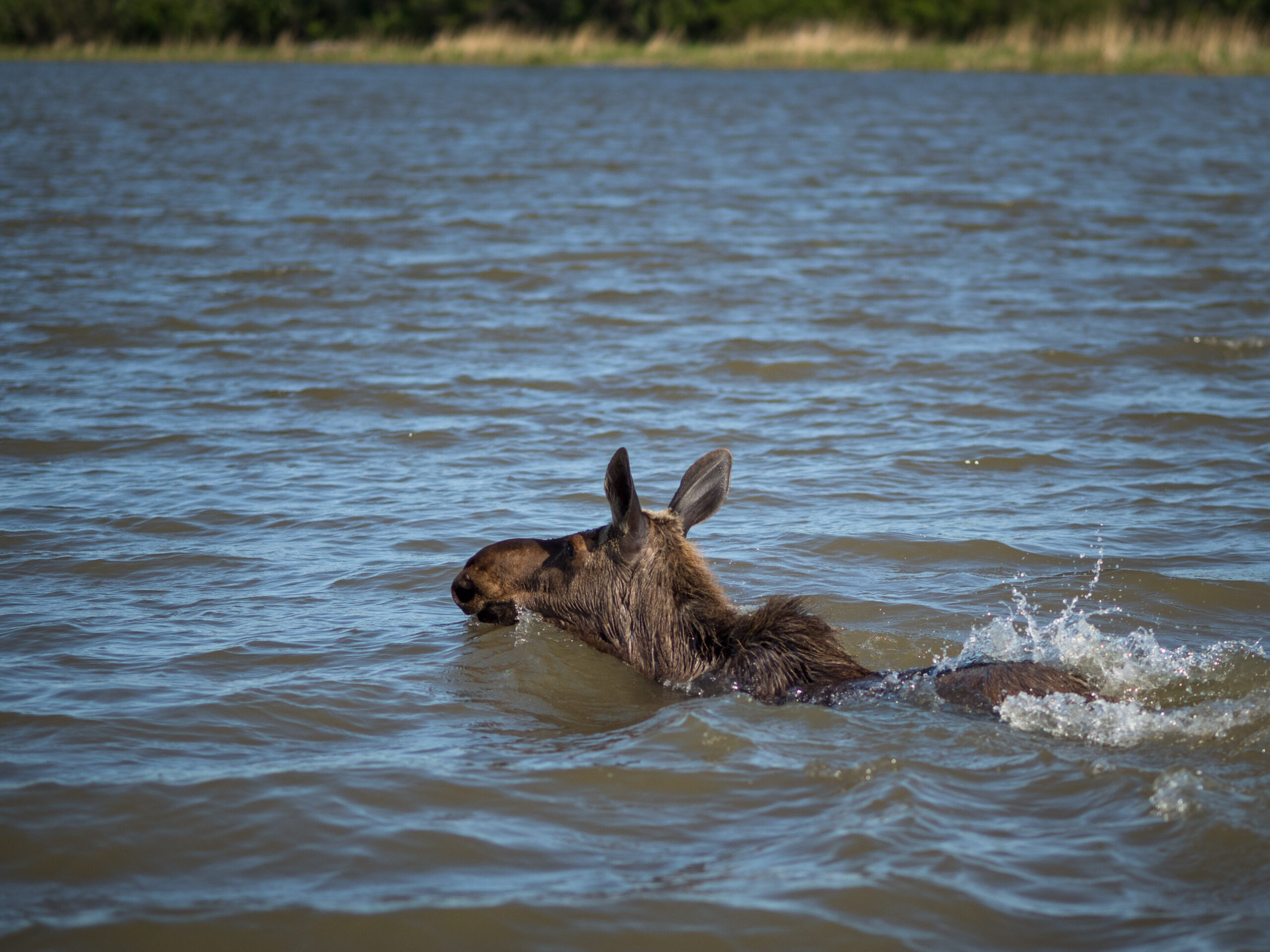
It’s been a long journey for the Mikisew Cree. Nine years ago, citing “many serious and immediate threats,” the Mikisew petitioned the World Heritage Committee to include Wood Buffalo on the list of World Heritage in Danger. World Heritage Sites, recognized for their outstanding universal values, are considered to belong to all the peoples of the world. Other World Heritage Sites include Egypt’s great pyramids, Ecuador’s Galapagos Islands, India’s Taj Mahal and Australia’s Great Barrier Reef.
If outstanding universal values are deemed to be in jeopardy, the committee can place a site on the list of World Heritage in Danger. A listing alerts the international community to the situation and encourages corrective action. The majority of 54 properties currently on the list are in the Arab States and Africa and are threatened by armed conflict. Only two World Heritage Sites in North America are listed in danger — Everglades National Park in Florida and Mexico’s Sea of Cortez and its islands.
In the petition, the Mikisew Cree described how Alberta’s oilsands and B.C.’s hydro dams were contaminating the delta and drying it up. Wood Buffalo was facing an “unprecedented level of immediate threats that are converging from multiple directions,” the Mikisew Cree stated, saying ecological damage wrought by growing threats would harm the park’s wildlife and result in the loss of distinctive Indigenous cultures.
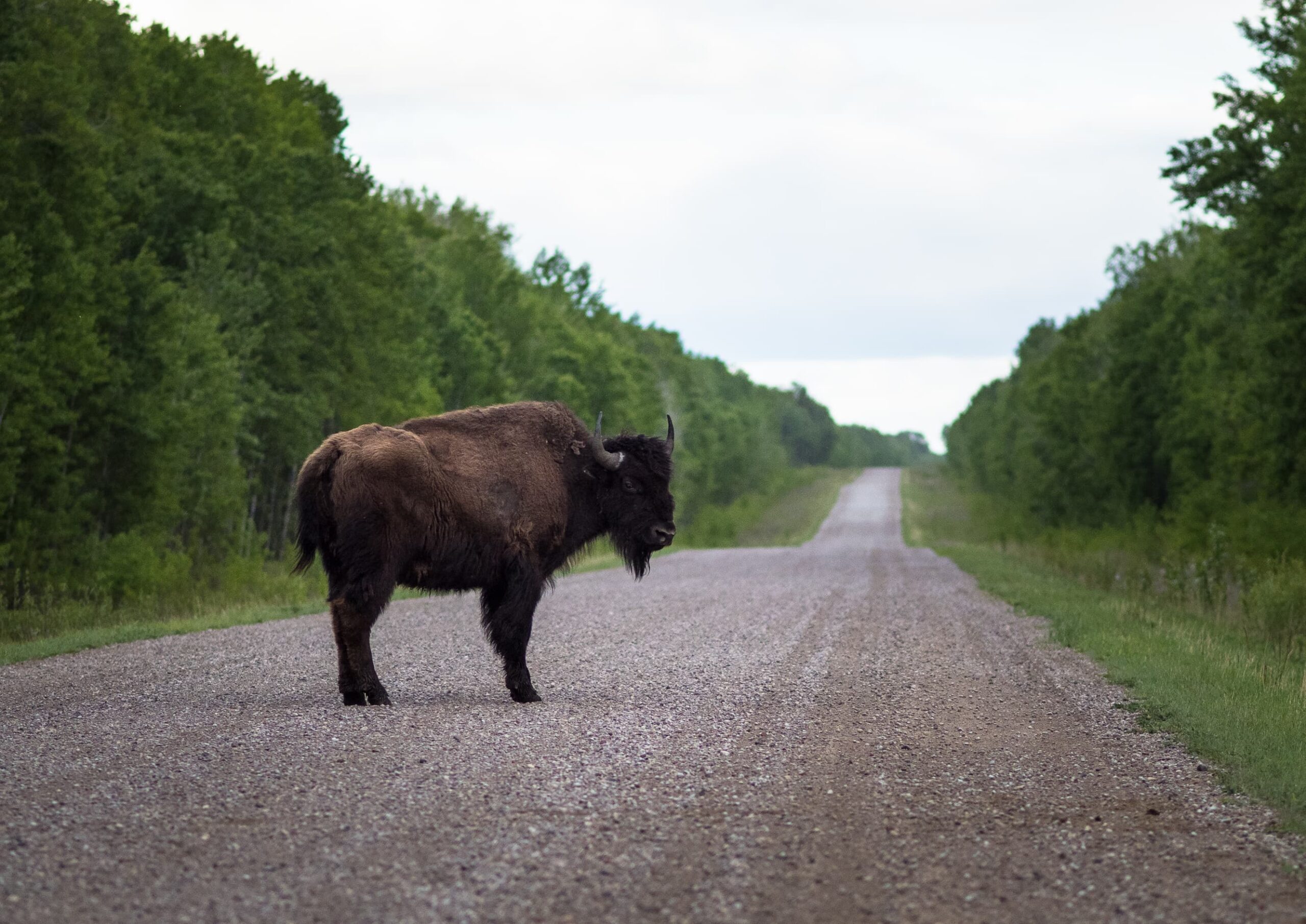
In response, the UNESCO World Heritage Centre sent a monitoring mission to Wood Buffalo in 2016 that included representation from the International Union for Conservation of Nature, the world’s most comprehensive information source on global extinction risks. The mission issued a hard-hitting report the following year, confirming Canada’s largest park was under threat from unfettered oilsands development and hydro dams on the Peace River, where the B.C. government was planning to build the controversial Site C dam — now in the final stages of construction.
The mission concluded the 4.5-million hectare park, which straddles the Northwest Territories, had been affected by decades of industrial development along the Peace and Athabasca rivers, along with poor management and a disconcerting lack of consideration for the cumulative effects of projects. It outlined steps Canada needed to take to protect the outstanding universal values of the site.
The second mission, also including representation from the International Union for Conservation of Nature, found most threats to the park remain. Its report noted Canada has made important progress to implement an action plan based on the recommendations of the earlier mission. Those efforts include strengthening Indigenous partnerships, creating a buffer zone from development south of Wood Buffalo and conservation measures for wood bison.
Yet the state of conservation of the Peace Athabasca Delta “remains of particular concern,” the mission concluded. It singled out oilsands projects along the Athabasca River, south of the park, as a significant threat to the World Heritage Site. Those include potential impacts “associated with seepage from the massive tailings ponds related to the oil sands projects and the lack of a clear strategy to reclaim these areas and treat the large volumes of toxic oilsands process-affected water accumulated over decades of oilsands development.”
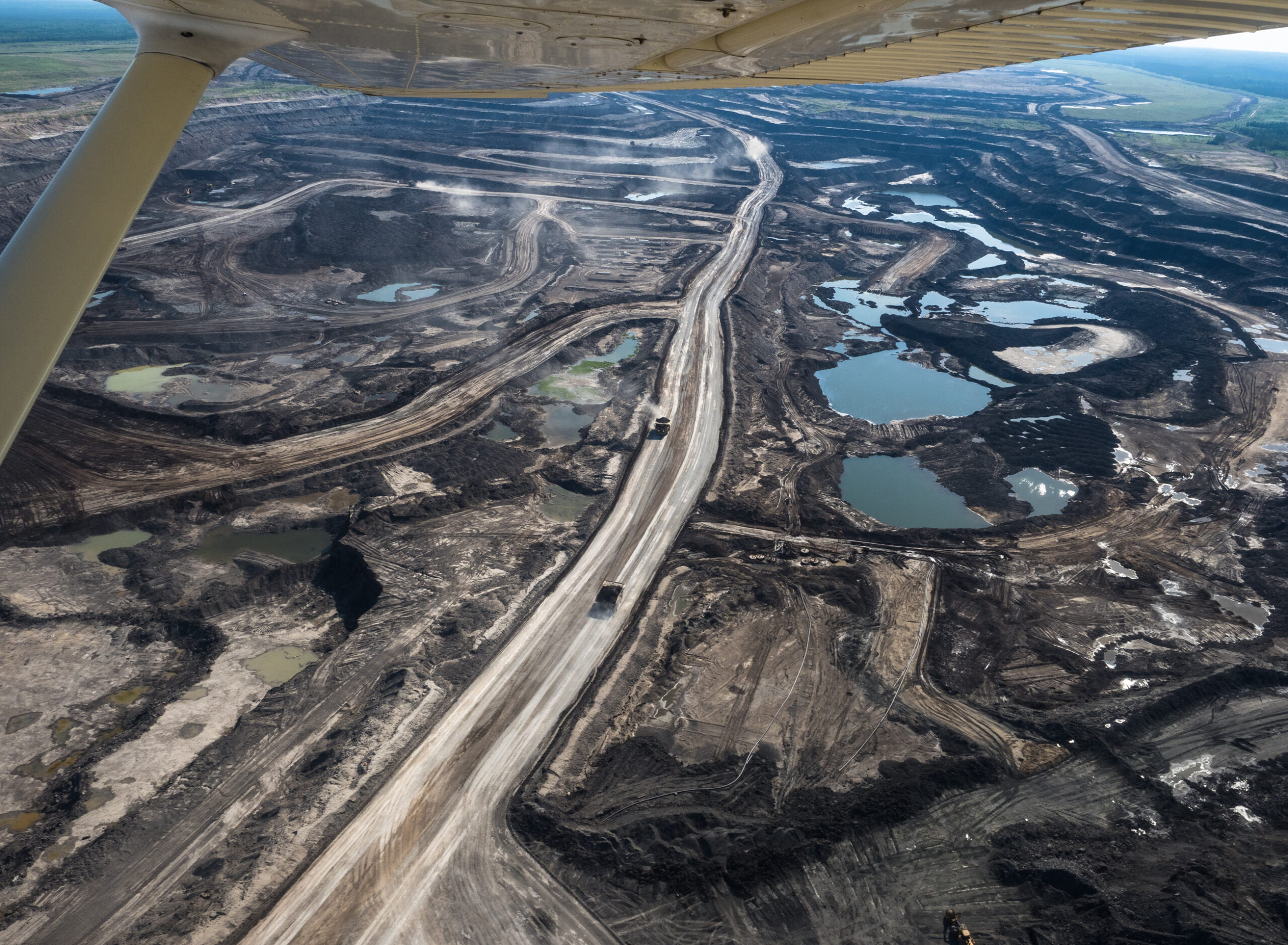
The monitoring mission took place before news broke that Imperial Oil’s Kearl oilsands facility was leaking wastewater contaminated with arsenic, dissolved heavy metals and hydrocarbons into groundwater and surface waters near a main artery of the Athabasca River. Gillian Chow-Fraser, boreal program director for the Canadian Parks and Wilderness Society, northern Alberta, notes the Kearl facility was spilling wastewater while the monitoring mission was in the region — and many months before impacted communities were informed. The mission cautioned about the catastrophic impact a spill or a leak could have on Wood Buffalo, Chow-Fraser points out. “Wouldn’t you know it, a few months later, this real bombshell drops about the Kearl leak.” She says the Kearl spill, which has yet to be stopped, is further evidence of the lack of effective risk management for oilsands tailings ponds.
The parks and wilderness society has high expectations for the next three years, “since we know anything less than an urgent and robust response from Canada puts its World Heritage Site status at risk,” Chow-Fraser said in a statement. “At the same time, we are concerned that three years could be just enough time to result in repeats of the devastating events that have unfolded in the past months: oilsands tailings leaks that were kept secret for many months, catastrophic overflows and spills into major surrounding rivers and consistent failures in regulatory oversight.”
The mission recommended Canada “urgently” conduct an independent systematic risk assessment of oilsands region tailings ponds, with a focus on risks to the Peace Athabasca Delta. Canada’s current action plan includes a risk assessment, but “implementation has not started,” the mission noted, saying it is concerned “some representatives from Alberta continue to question the need for such an assessment.” (The Narwhal asked Alberta’s Energy Ministry for comment on the mission’s findings but did not receive a response.)
Plans to release treated oilsands wastewater into the Athabasca River are “extremely concerning,” the monitoring mission also said. According to the federal government, such a decision would require changes to federal legislation and would only be permitted if released water can be treated to a standard of drinking water quality. Yet Alberta’s water quality director has said releases could take place in 2025, the mission report pointed out, “indicating that he considered this to be the preferred and realistic way forward” to dispose of oilsands wastewater accumulated over decades of development.
Lepine says releasing treated oilsands wastewater into the Athabasca River is “completely not acceptable to us.” The Mikisew Cree are calling on Canada to examine other options for managing and eliminating tailings ponds, “including options that are going to have the least amount of impact not only on the delta but on people, on our health, on our way of life, our cultural rights.” They’re asking Canada to develop a policy or regulatory framework for managing tailings ponds “and not rely on Alberta to play that role.”
The mission report also pointed to the lack of progress in addressing cumulative impacts from industrial developments around Wood Buffalo park. It welcomed Teck Resources’s decision to abandon its Frontier oilsands mine project south of the park, but noted the expansion of existing oilsands projects continues “without full consideration” of potential impacts on the outstanding universal values of the World Heritage Site.
“The ongoing seepage of tailings from tailings ponds and the huge risks those ponds create for our people and our waters are completely unacceptable,” Mikisew Cree Chief Billy Joe Tuccaro said in a news release following the committee’s decision. “And to be weeks away from BC Hydro starting to fill the Site C reservoir without protections of our delta is simply wrong. This has to stop.”
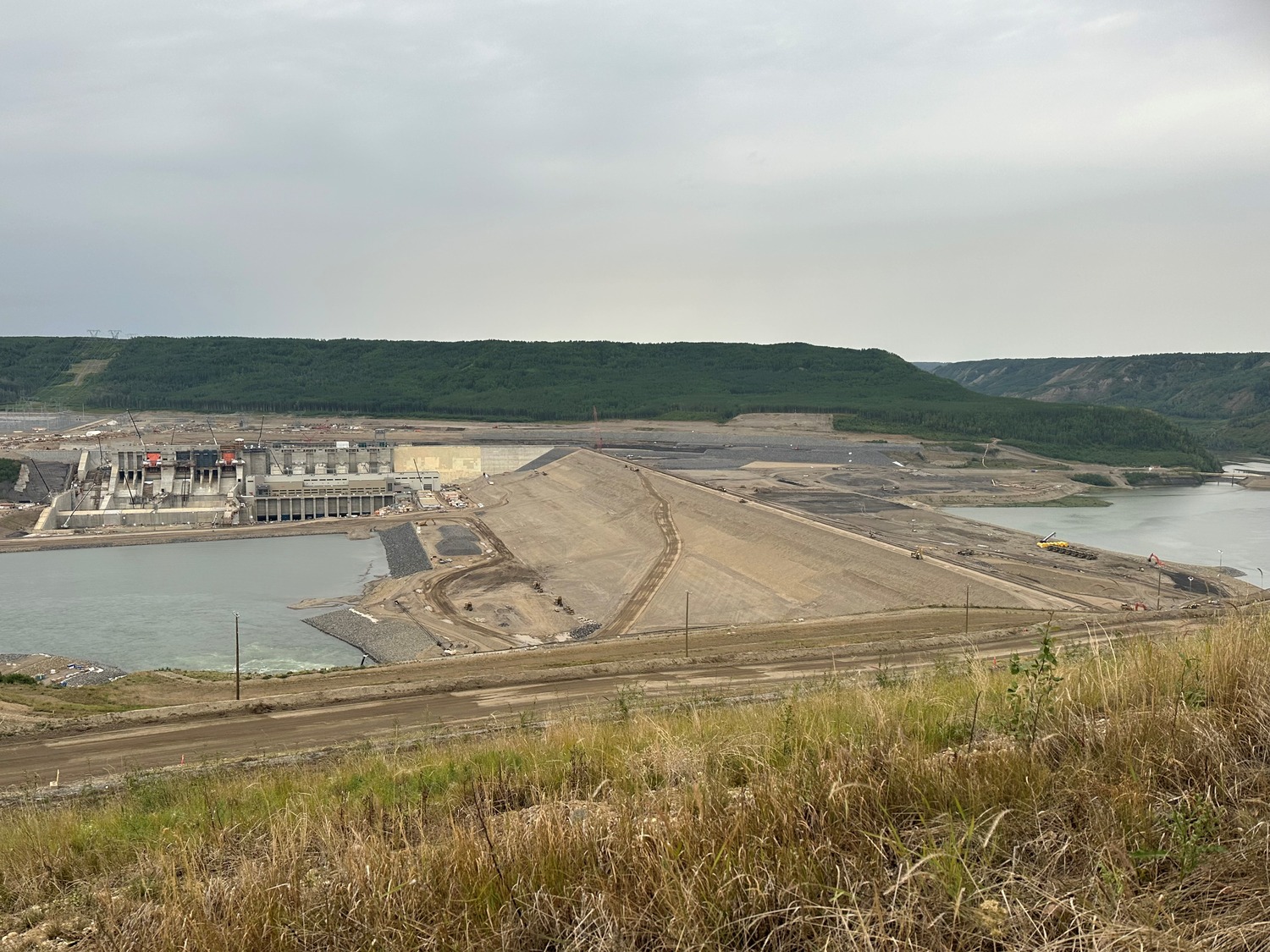
BC Hydro has said it will begin to fill the Site C dam reservoir as early as this month. The latest mission report references a statement from the earlier mission, which said it is “scientifically indefensible” to claim the dam will not have any impacts on the delta, given existing hydro projects have drastically altered the timing of water delivery to the delta. “The mission stresses that even minor shifts in the timing and magnitude of flows caused by Site C could add to cumulative impacts of an already compromised system,” said the latest report. Compounding water flow issues, climate change has also affected the delta’s “biodiversity, productivity and navigability,” the report noted.
In response to questions from The Narwhal, BC Hydro media relations spokesperson Kyle Donaldson said studies concluded the Site C dam will have no notable effect on the delta, a finding he said was confirmed by the independent joint review panel that examined the project for the federal and provincial governments.
Donaldson said BC Hydro recognizes the importance of the Peace Athabasca Delta “as an integral ecosystem for Indigenous groups” and continues to collaborate with Indigenous groups through the Wood Buffalo National Park Action Plan “as a constructive way to advance reconciliation.” He said BC Hydro is working with the federal government, the Alberta government and Indigenous Nations on a flow release protocol “which could enhance an ice jam flood event in Wood Buffalo National Park to increase flooding of the Peace Athabasca Delta.” Spring flooding in the delta is an age-old process that replenishes wildlife habitat and vegetation. It’s been impeded by hydro dams on the Peace River that restrict water flows.
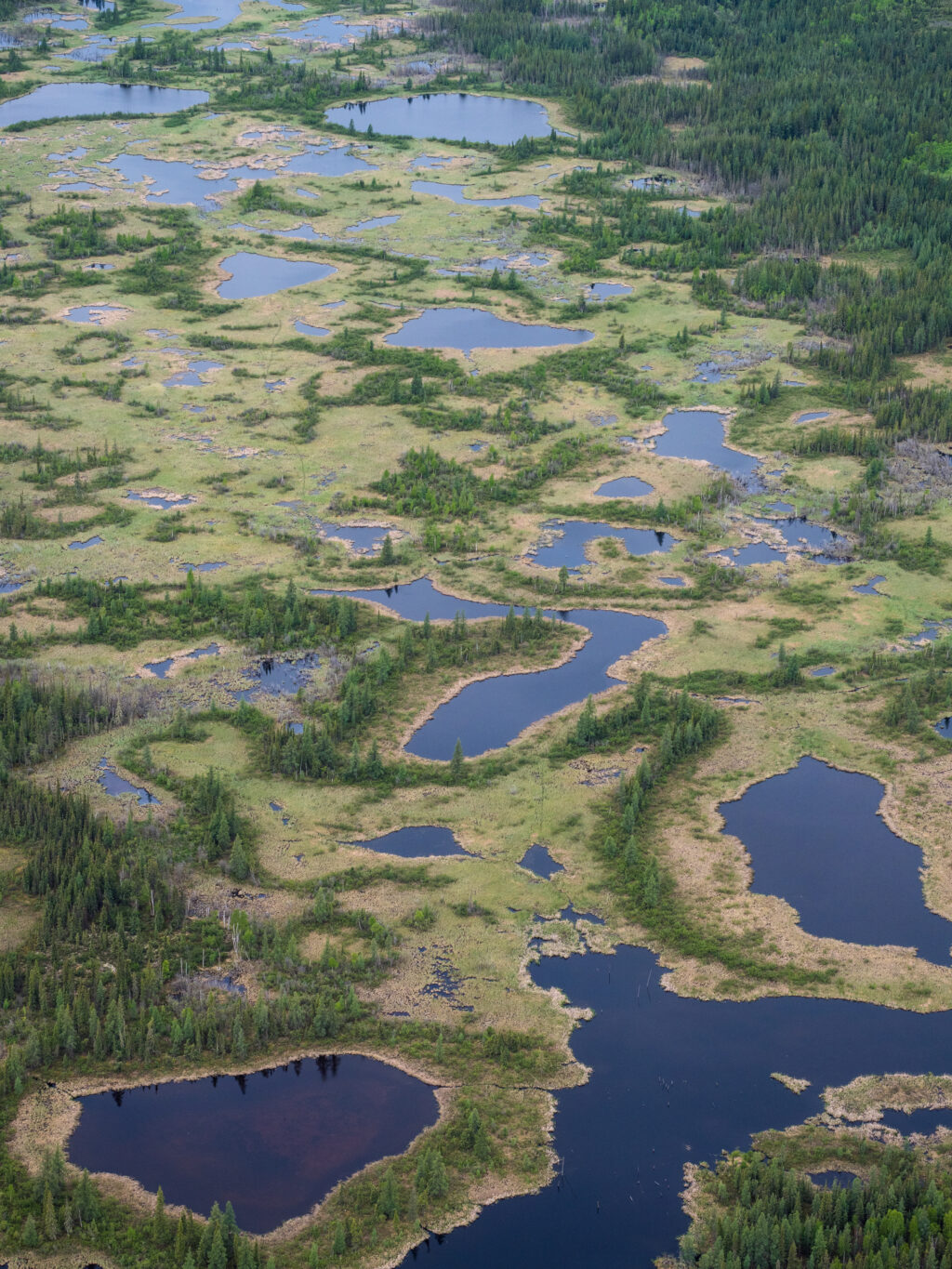
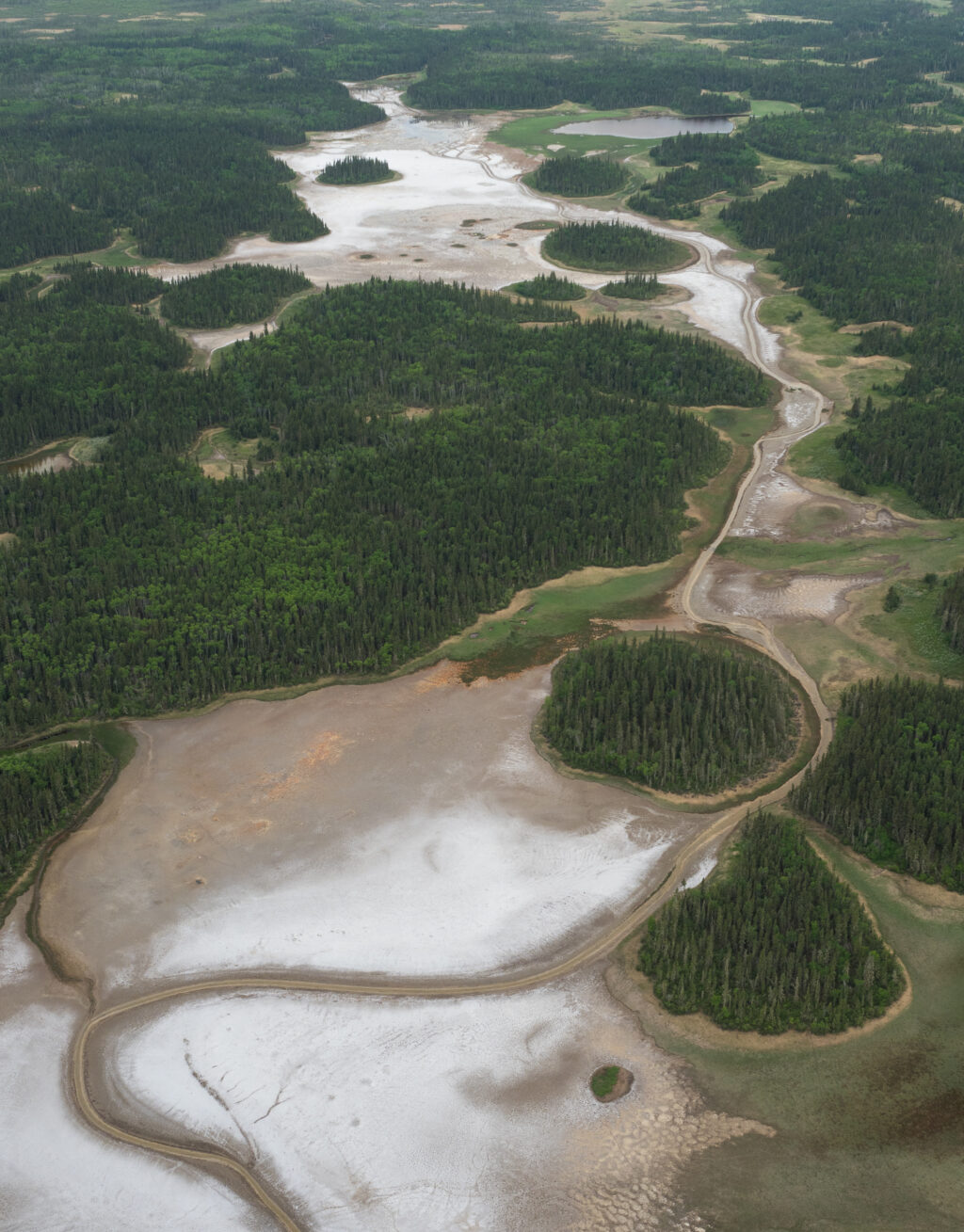
The UNESCO and International Union for Conservation of Nature monitoring mission recommended Canada develop a set of mitigation measures, “including ecological flow releases and the construction of required water control structures,” to correct impacts from the W.A.C. Bennett Dam, the largest dam on the Peace River, as well as other hydrological changes in the delta such as increased impacts from climate change. “My community really wants to see change, they want to see water restored,” Lepine says.
In an emailed statement, Parks Canada said more than two-thirds of the 138 actions outlined in the Wood Buffalo World Heritage Site action plan are completed or underway, noting Canada has invested more than $87 million to implement federal commitments in the plan. “The government of Canada remains committed to the continued protection and conservation of Wood Buffalo National Park and World Heritage Site and will continue to advance on-going collaboration with Indigenous, provincial, and territorial partners to implement the action plan.”
Parks Canada pointed to research, ecological monitoring and restoration projects in Wood Buffalo, saying it is working with Indigenous communities to monitor the health and conditions of the park through a ‘braided’ approach using science and Indigenous knowledge. The Mikisew Cree are calling on Canada to immediately invest in an enhanced action plan and act on all 17 monitoring mission report recommendations, including actions to address threats from outside the park. They’re also urging Ottawa to make clear commitments to meet timelines outlined in the Word Heritage Committee decision and to invest in long-term solutions.
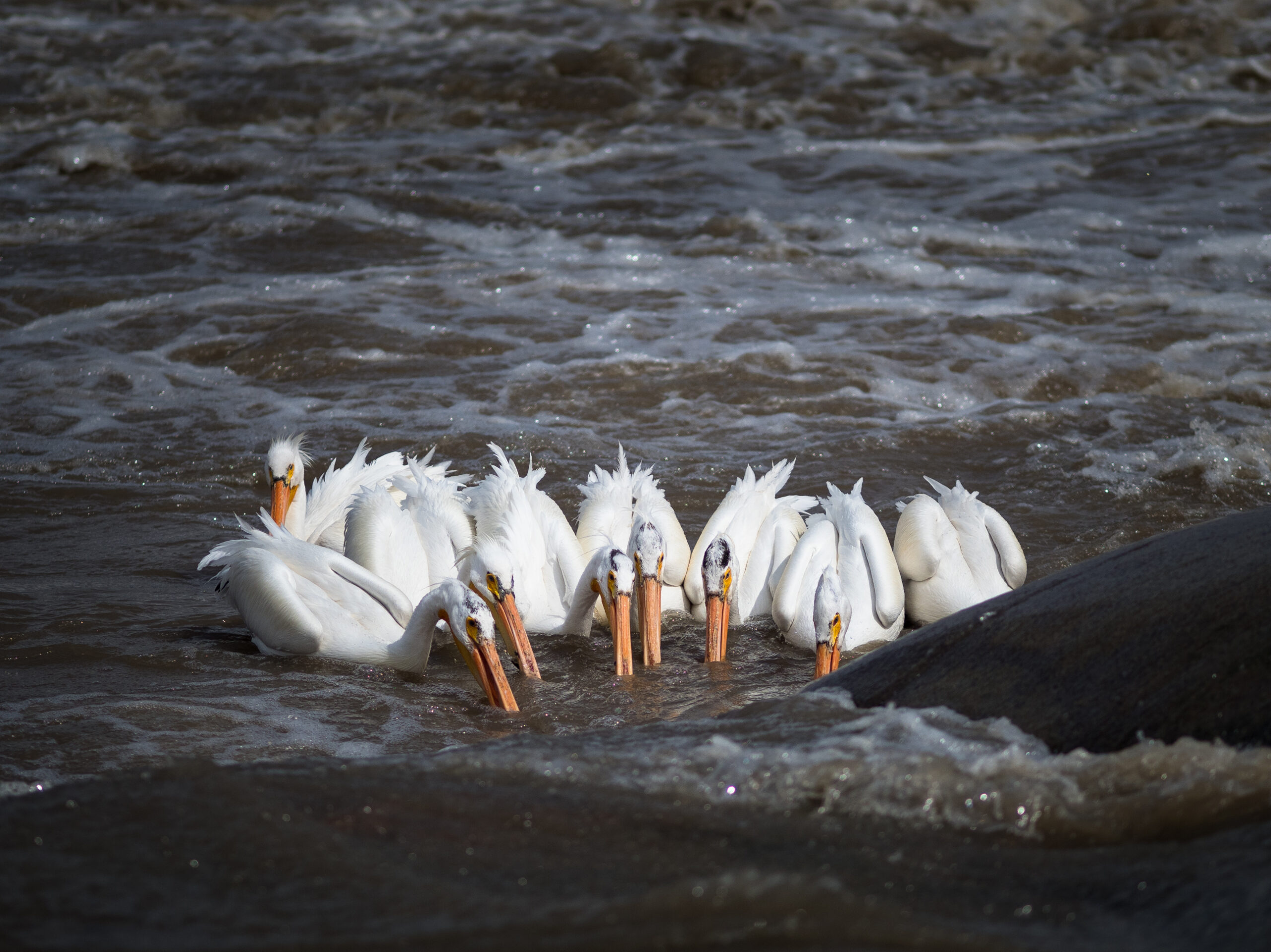
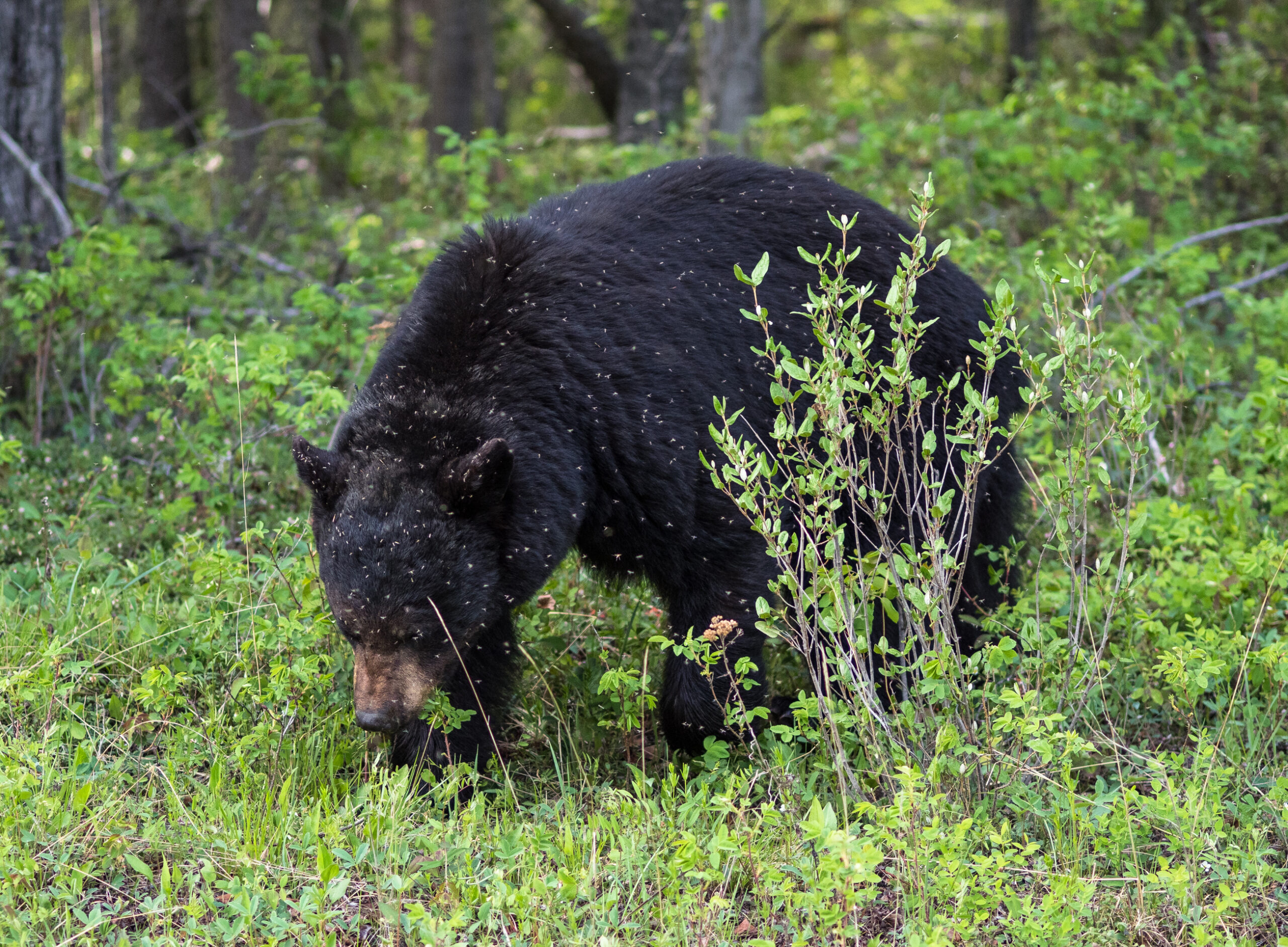
Lepine says few people had heard of Wood Buffalo National Park and “nobody knew about the problems in northeastern Alberta” prior to the Mikisew’s petition. But now, when she attends a World Heritage Committee meeting, people stop her in the halls to ask about the park. “So people know about Wood Buffalo now. And so that makes me feel very proud. And it recharges me every time I come here to recognize that Wood Buffalo is on the world stage because it matters to not just Mikisew but to many others as well,” she says, noting the petition has placed international and political pressure on Canada to address threats to the park.
“And that’s the type of pressure that these important places around the world need. Not just at a regional and national level — but also at an international level.”
Get the inside scoop on The Narwhal’s environment and climate reporting by signing up for our free newsletter. On March 17, federal Conservative Leader Pierre Poilievre...
Continue reading
From investigative reporting to stunning photography, we’ve been recognized with four 2024 CAJ Awards nods...

The Narwhal is expanding its reach on video platforms like YouTube and TikTok. First up?...

Locals in the small community of Arborg worry a new Indigenous-led protected area plan would...
